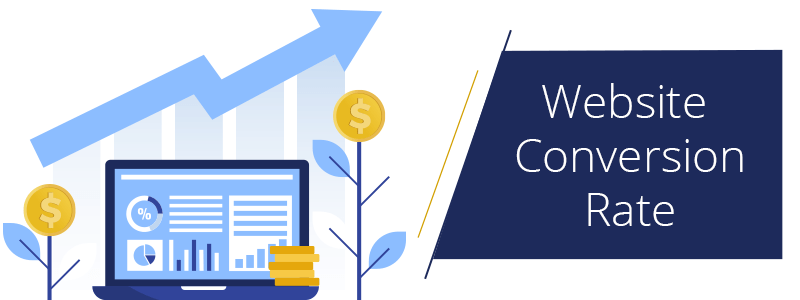How to Optimize Your Website for the Voice-First FutureHow to Optimize Your Website for the Voice-First Future
With the rise of smart speakers and voice assistants like Siri, Alexa, and Google Assistant, optimizing your website for voice search is essential. Here’s a guide to ensure your website is ready for the voice-first future. 1. Use Conversational Keywords Voice search queries tend to be more conversational. Users ask complete questions instead of typing short phrases. To optimize for this: Don’t forget about internal linking! Link related pages within your content to create a seamless user experience. Visit our SEO Optimization Page for more insights. 2. Create FAQ Pages Since many voice searches are questions, having a dedicated FAQ section on your website can help improve your ranking. Google often pulls answers from FAQ pages for voice search. Here’s what you can do: Need help with crafting FAQs? Check out our services at Social Media Max. 3. Optimize for Mobile Most voice searches are done on mobile devices, so having a mobile-friendly website is crucial. Make sure to: For mobile optimization and voice search strategy, learn more here. 4. Leverage Local SEO A large portion of voice searches are local, like “Where is the nearest coffee shop?” To optimize for local SEO: Enhance your local search results—visit Social Media Max for local SEO solutions. 5. Use Structured Data (Schema Markup) Structured data, also known as schema markup, helps search engines better understand your content, boosting your chances of appearing in voice search results. To implement: Need assistance with structured data? Contact Social Media Max for help. Call to Action: Ready to optimize your website for the voice-first future? Visit Social Media Max for expert SEO services, or contact us at 0161 399 3517 or email us at Syed_66@hotmail.com for more details! 4o








